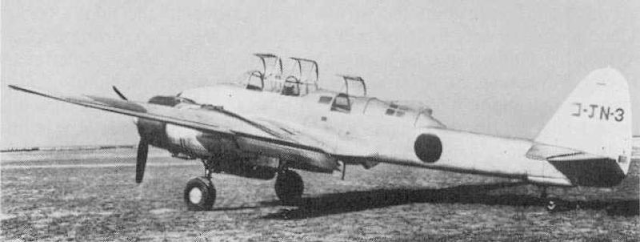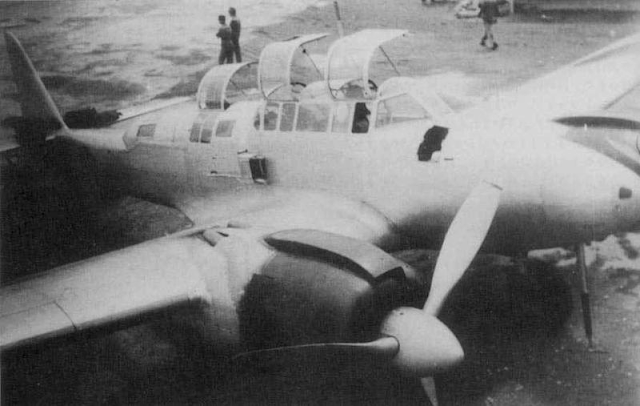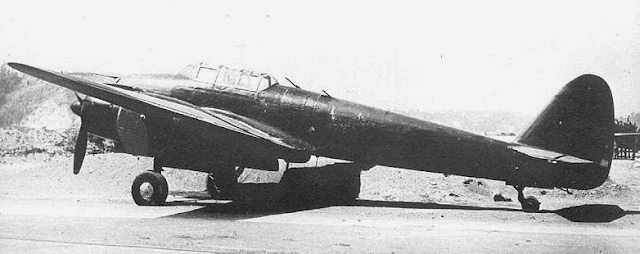 |
| Nakajima J1N1-C-KAI night fighter converted from J1N1-C. |
 |
| J1N1-C-KAI night fighter converted from J1N1-C. |
 |
| J1N1-S night fighter with airborne radar although no armament is pictured here. |
 |
| J1N1-R with dorsal turret with single 20mm cannon, after nosing over during a landing. |
 |
| J1N1-S likely on a Kamikaze mission. |
 |
| J1N1-S. |
 |
| Scores of Japanese aircraft warming up for takeoff. In the foreground are four J1N1s. |
 |
| J1N1-C first prototype. |
 |
| J1N1-C first prototype. |
 |
| J1N1-S. Note victory markings on tail. |
 |
| J1N1-S captured on ground. |
 |
| Another view of same J1N1-S as above. |
 |
| J1N1-C Navy Type 2 Reconnaissance Plane. |
 |
| J1N1-Sa. No downward firing gun, and a third 20mm cannon added to the top (rear is a twin 20mm Type 99). |
 |
| Another view of the same J1N1-Sa. |
 |
| J1N1-R. |
 |
| J1N1-C Navy Type 2 Reconnaissance Plane. Close-up of observer’s separate cockpit. |







































































